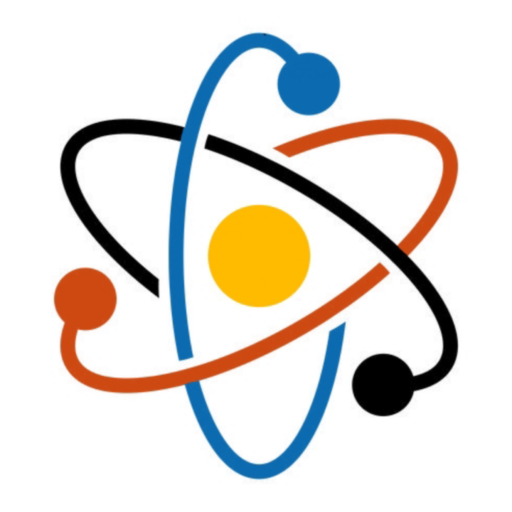Blockchain technology has been touted as a game-changer in the world of digital transactions, with its potential to create secure, decentralized ledgers of information. Originally developed as the backbone of Bitcoin, a decentralized digital currency, blockchain has since found many other applications beyond the financial sector. In this article, we’ll take a closer look at what blockchain is, how it works, and some of the recent developments in this rapidly evolving field.
What is blockchain?
At its most basic level, blockchain is a distributed database that stores information across a network of computers. Each block in the chain contains a cryptographic hash of the previous block, along with a timestamp and transaction data. Because each block is linked to the one before it, the entire chain is essentially a tamper-proof ledger of all the transactions that have occurred on the network.
One of the key features of blockchain is that it is decentralized, meaning that there is no central authority controlling the network. Instead, every participant in the network has a copy of the entire blockchain, and transactions are validated through a consensus mechanism. This makes it virtually impossible for anyone to alter the ledger without being detected, which helps to ensure the integrity and security of the system.
Recent developments in blockchain technology
Since its inception, blockchain technology has undergone numerous iterations and improvements, leading to a range of new applications and use cases. Here are just a few of the recent developments in the field:
- Supply chain management: One of the most promising applications of blockchain is in supply chain management, where it can be used to track products from their source all the way to the end user. This can help to improve transparency and reduce fraud in the supply chain, as well as ensure that products are ethically and sustainably produced.
- Digital identity verification: Blockchain can also be used to create secure digital identities that are tamper-proof and can be easily verified. This has potential applications in a range of industries, from finance to healthcare, where identity verification is critical.
- Smart contracts: Smart contracts are self-executing contracts that are programmed to automatically trigger certain actions based on predefined conditions. These can be used in a range of applications, from insurance to real estate, to automate complex workflows and reduce the need for intermediaries.
- Voting: Blockchain can also be used to create secure, transparent voting systems that are resistant to tampering or manipulation. This has the potential to revolutionize the way we conduct elections and improve democratic processes around the world.
Conclusion
Blockchain technology is still in its early stages, and there are many challenges that need to be addressed before it can reach its full potential. However, as the technology continues to evolve and new use cases are discovered, it is clear that blockchain has the potential to transform the way we store and exchange information. From supply chain management to digital identity verification, smart contracts, and voting, the possibilities for blockchain are truly endless. As such, it will be fascinating to see how this technology continues to evolve and revolutionize industries in the years to come.





